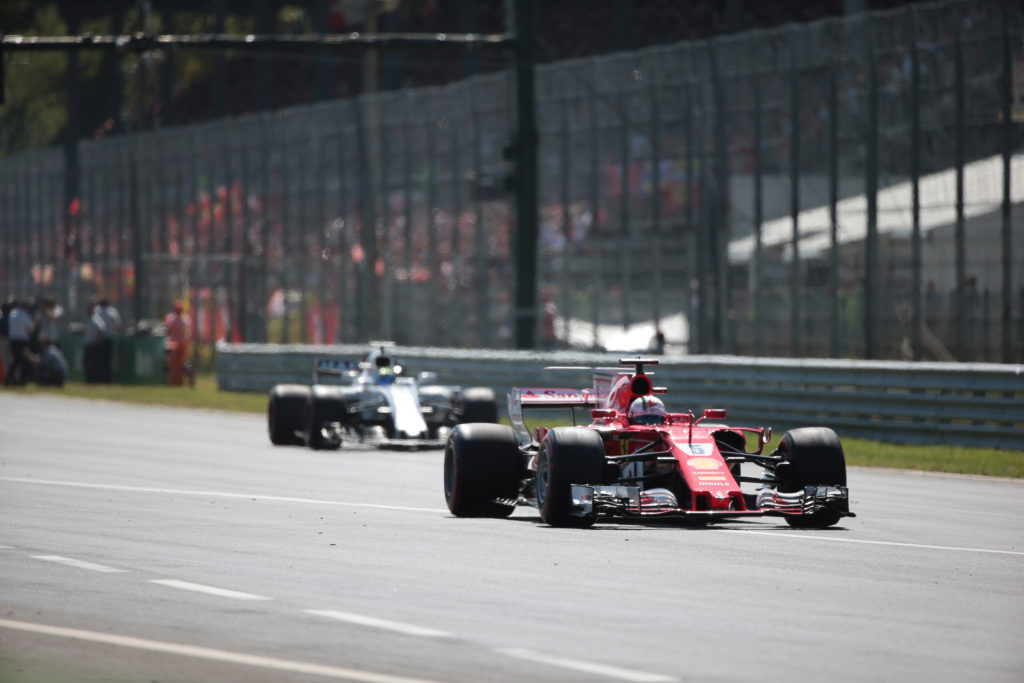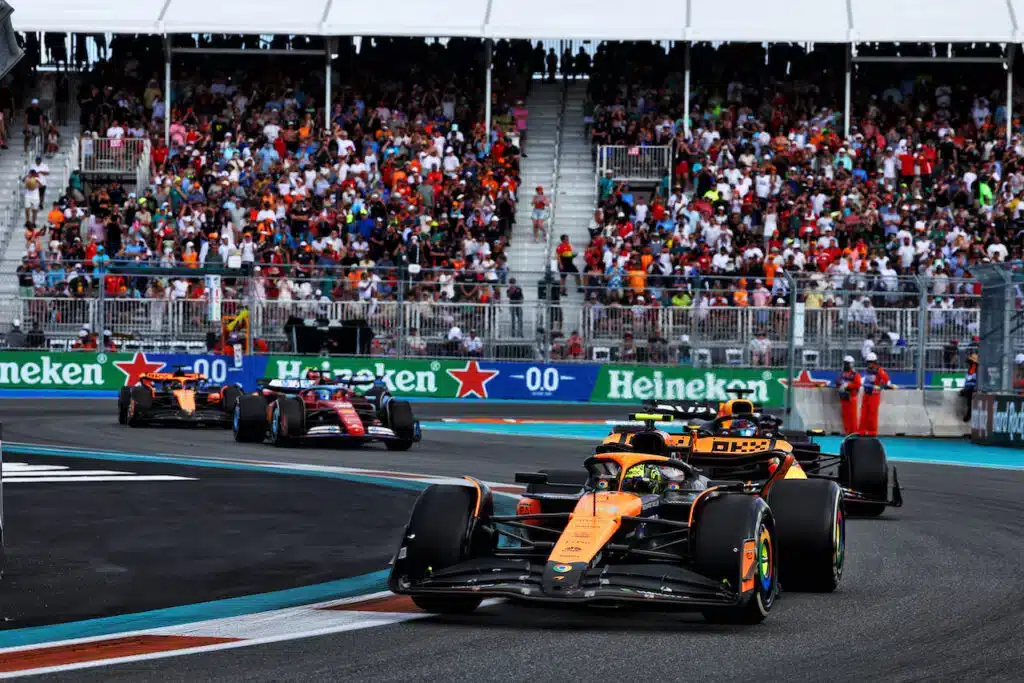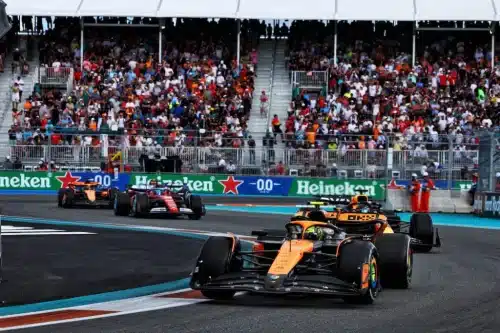F1 Italian Grand Prix | Monza important test bench for Brembo brakes
All six braking sections at the Autodromo Nazionale are classified as demanding on the brakes

Formula 1 is synonymous with speed and speed finds its maximum expression at the Autodromo Nazionale Monza, home from 31 August to 2 September of the Italian GP, the 14th round of the 2018 World Championship. Universally known by the nickname of "Temple of Speed", the Brianza track (located 15 km from Milan) was built in 1922 to host the Italian Grand Prix. With 67 GPs held, the Autodromo Nazionale Monza is the most used circuit in the history of F1: 65 GPs were held in Monaco and 52 in Silverstone. To limit the performance of the single-seaters, 3 chicanes were introduced in the XNUMXs, called Variants .
The last change to the track design was made in 2000, with the modification to the Variante del Rettifilo. The lap record with this configuration belongs to Rubens Barrichello who in 2004 with the Ferrari F2004, equipped with a Brembo braking system, stopped the clocks at 1'20''089. The record could be broken thanks to the more high-performance cars. This will translate into a notable effort for the braking systems of the single-seaters which have been able to develop greater braking torque for 2 years.
Furthermore, the low aerodynamic load used to exploit the very long straights translates into very violent and challenging braking to manage. According to Brembo technicians, who classified the 21 tracks of the World Championship, the Autodromo Nazionale Monza falls into the category of circuits that are demanding on the brakes.
The engagement of the brakes during the GP
Three years ago in Monza the fastest single-seaters lapped in qualifying at an average of 250 km/h per lap while this year they could exceed 260 km/h. The time spent braking can only be modest: just 12 percent of the entire race. Also a negative record are the only 6 braking stops per lap: in Munich there are 12, in Budapest and Baku 11. On average the brakes are used 9,9 seconds per lap, a value higher only on the Spielberg track which however is shorter, even a kilometer and a half.
The presence of a few braking sections but all of them extremely violent translates into an average deceleration per lap of 5,6 g: the least demanding braking, at turn 7, in fact involves a deceleration of 5,1 g, a threshold never reached in any of the GP corners played this year. The combination of powerful brakes compensated by their numerical scarcity generates an energy dissipated in braking by each car during the entire GP in line with other GPs: the 180 kWh are in fact similar to the values of Barcelona and Baku.
From the start to the checkered flag each driver exerts a total load on the brake pedal of 56 tonnes. In practice, each lap the braking effort is more than 1.050 kg and this requires great physical preparation, which is also essential for dealing with lateral accelerations in bends.
The most demanding braking
All 6 braking sections at the Autodromo Nazionale Monza are classified as demanding on the brakes. The hardest for the braking system is the last one before the finish line: the single-seaters arrive at 314 km/h and descend to 205 km/h in just 72 metres, two thirds of the height of the Milan Cathedral. To achieve this, the drivers brake for 1,22 seconds, applying a load of 211 kg on the brake pedal and facing a deceleration of 6,7 g. The braking at turn 4 is also impressive, from 326 km/h to 117 km/h in just 2,37 seconds and 127 metres: the load on the pedal is 176 kg and the maximum deceleration of 5,7 g, the maximum protection value guaranteed twenty years ago from the aeronautical suits of fighter pilots.
In absolute values, however, the longest braking is the one at the first corner: 140 meters needed to go from 320 km/h to 84 km/h. All in just 2,60 seconds thanks to a pedal load of 165 kg. However, the effort required of the drivers in the succession of turns 6, 7 and 8 is monstrous: three braking sections with decelerations between 5 g and 5,5 g and pedal loads of 180 kg, 165 kg and 166 kg. A breath-taking sequence that requires maximum clarity to make full use of the Brembo brakes.
*Brembo average
if you want to always be updated on our news
Follow us here




![Formula 1 | Capelli: “Newey in Ferrari? Right man at the right time” [VIDEO]](https://f1grandprix.motorionline.com/wp-content/uploads/2024/05/newey-ferrari-redbull-1024x548.jpg)
![Formula 1 | Capelli: “Newey in Ferrari? Right man at the right time” [VIDEO]](https://f1grandprix.motorionline.com/wp-content/uploads/2024/05/newey-ferrari-redbull-500x268.jpg)









